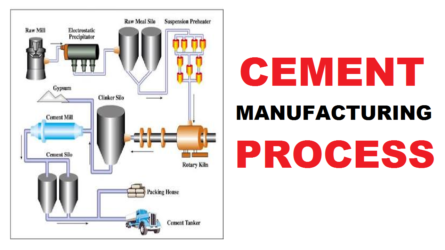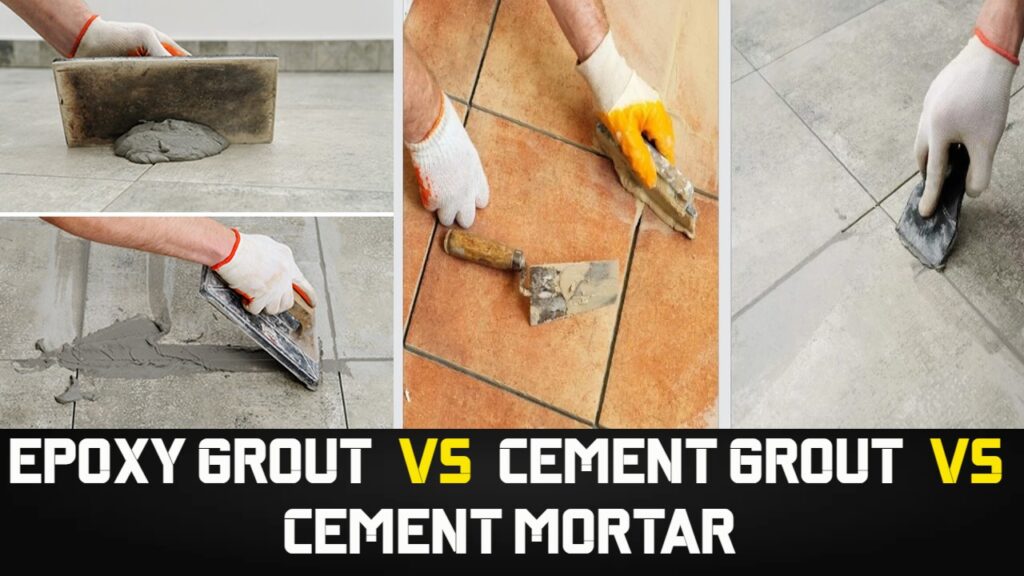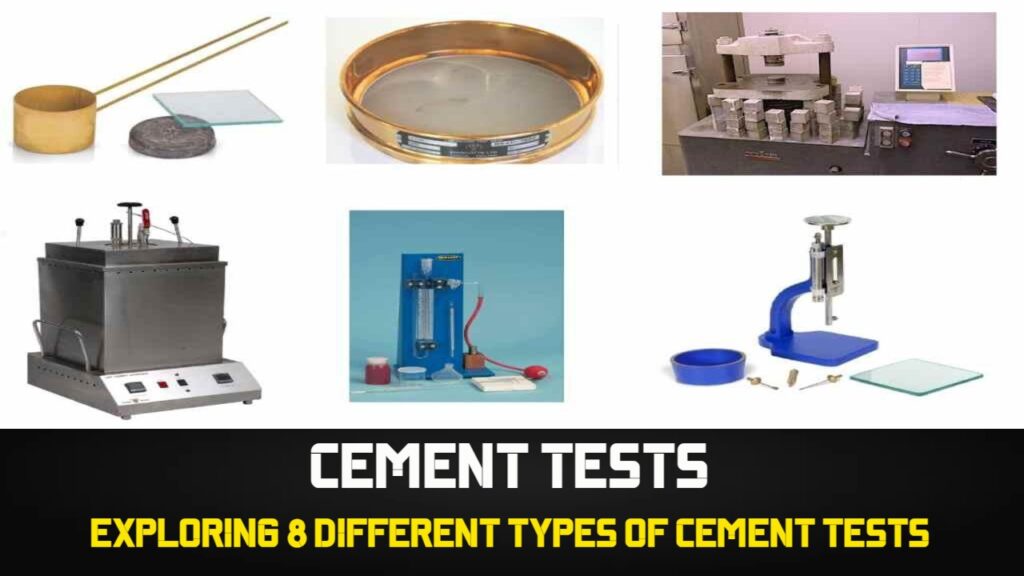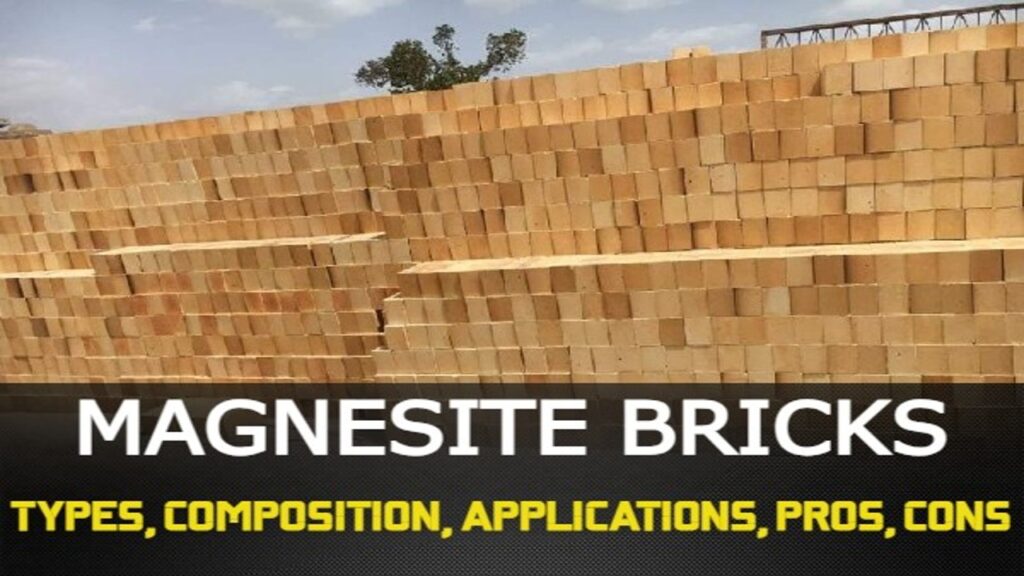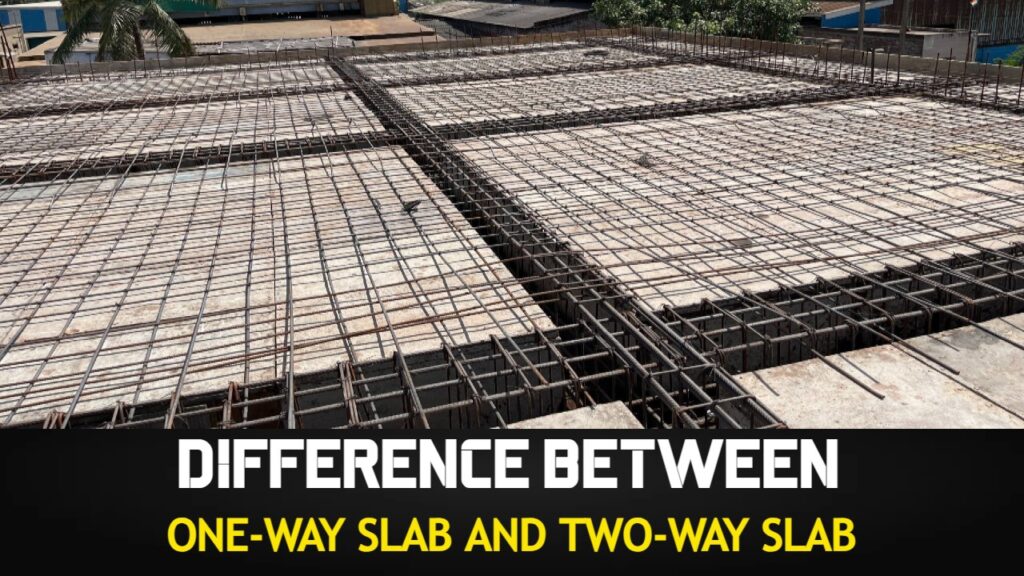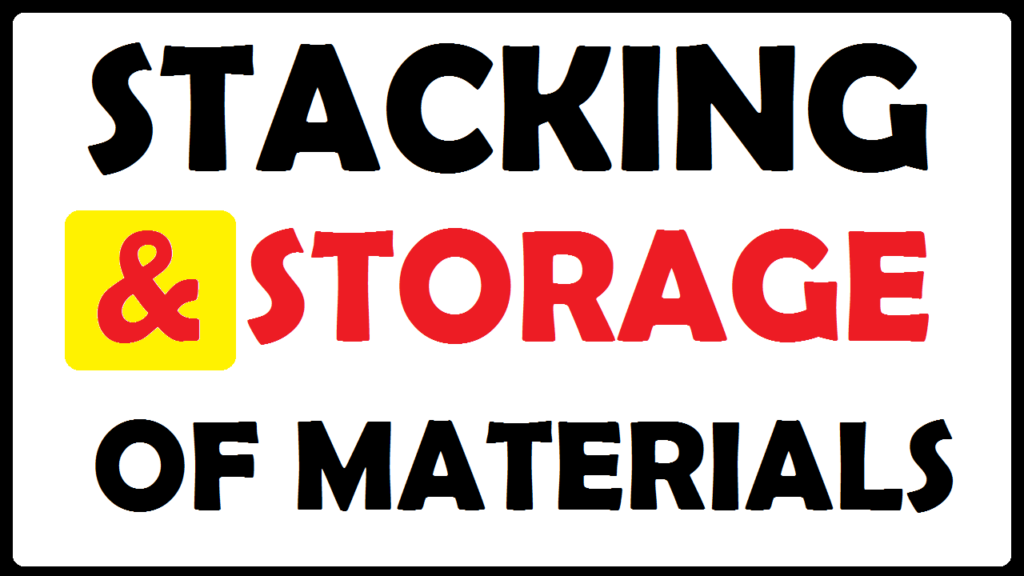In this post, I am going to explain to you about the Process of Manufacturing of Cement step by step.
Process of Manufacturing of Cement
The cement is manufactured by integrating the calcareous component and argillaceous component in a ratio of 3:1.
The calcareous component can be limestone, chalk, marine shells, marl whereas argillaceous components can be shale, clay, blast furnace slag, slate.
The Calcareous component is used to derive the ingredient called lime whereas the argillaceous component composed of silica, alumina, iron oxide and other impurities.
There are generally two types of Process of Manufacturing of Cement.
WET PROCESS
It is the old method of manufacturing which is nowadays obsoleted.
It is a costly method of manufacturing because it requires a higher degree of fuel consumption, power consumption.
In this process, the preheater is not used.
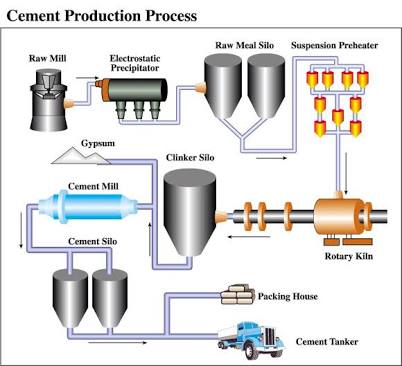
DRY PROCESS
It is a new method of manufacturing which is trending nowadays.
Fuel consumption, power consumption has been reduced to a greater extent by modifying the wet process.
In a dry process, first calcareous components (Limestone) and argillaceous component (Clay or Shale) are reduced in size about 25 mm in a crusher separately in a ball mill or tube mill.
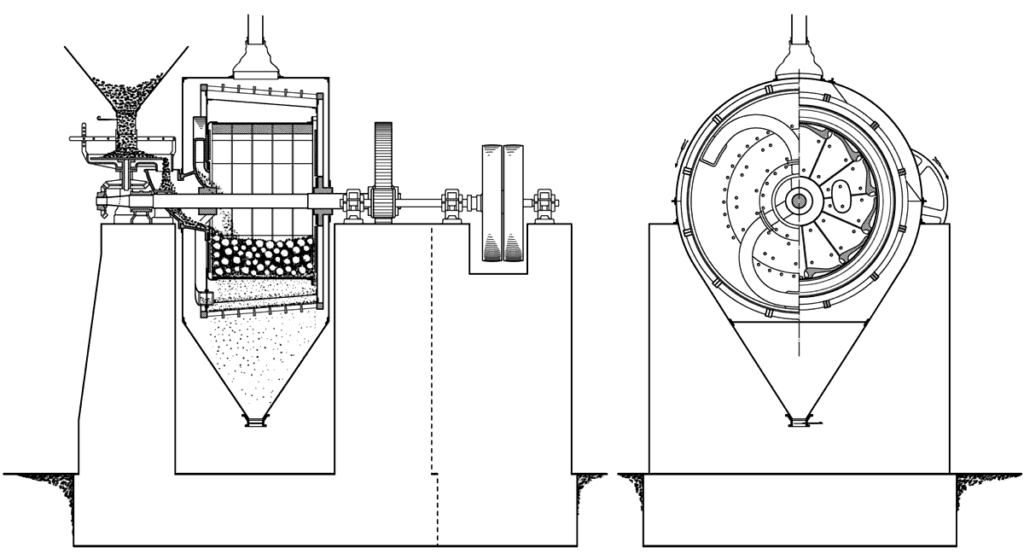
Vertical Section of Ball Mill
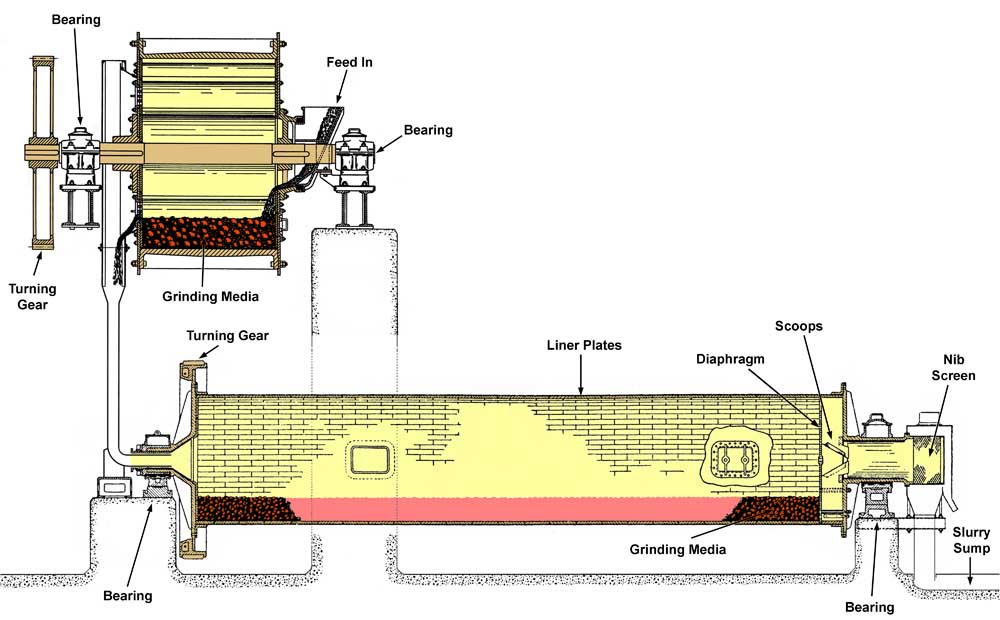
Longitudinal Section of a Tube Mill
- Bulking OF Fine Aggregates
- Concrete Cube Samples Taken for Different Volume
- Grades of Concrete as per IS 456 : 2000
- What is 1.54 in Concrete
- Grade Of Concrete And Its Cement, Sand And Aggregate Ratio
The calcareous component and argillaceous component after grinding are mixed with each other in a correct proportion and made it ready for the next operation in a rotary kiln.
Before feeding into rotary kiln the raw mix is allowed in preheater at a temperature of 850 degrees Celsius which reduces the burning time of raw mix in a rotary kiln.
NOTE : The crushed material are checked for content of CaCO3 ,Lime, Alumina, Silica, Fe2O3. Any compnent found short in quarried material is added separately e.g. Silica is less than crushed sandstone is separately added to raw mix and if lime is less then high grade limestone is crushed and added into raw mix.
Now, the raw mix after heating for 2-3 hours in the preheater, is allowed to feed into “Rotary Kiln”.
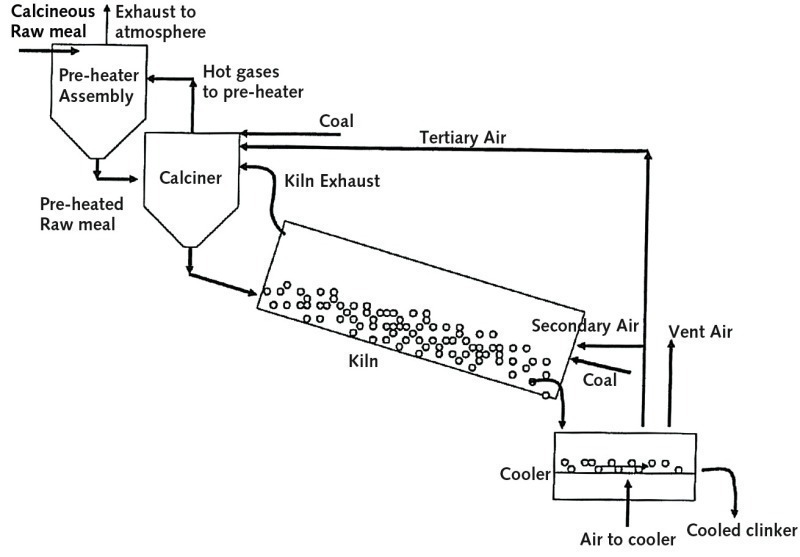
Rotary Kiln
Diameter = 2.50 to 3 meter.
Length = 90 to 120 meter
Volume = 706.3 m3
Laid Gradient = 1 in 25 to 1 in 30
Revolution = 3 round per minute about longer axis.
Nodule Zone: In this zone calcination of limestone occurs and limestone gets disintegrated into two parts i.e. lime and carbon dioxide.
CaCO3 (Heat)→(Calcination) CaO + CO2. ↑
As the CO2 is evaporated from the raw mix, the raw mix gets converted into nodules.
Burning Zone: In this zone the ingredients of calcareous and argillaceous component i.e. lime, silica, alumina, iron oxide, etc. get united with each other at a very high temperature and this process is called fusion.
The product obtained from the rotary kiln is called clinker which is composed of major compound (Bougue Compound) and minor compound i.e. Alkalies (Soda and Potash).
The clinker composed of (Bougue’s Compound) and minor compound i.e. Alkalies (Soda and Potash).
The clinker is a heavy flash set property i.e. quick setting property when it comes in contact with moisture. Therefore , the retarder is added to the clinker by its weight i.e. 2 to 3 percent.
The retarder is admixture which delays the setting of the clinker.
The ultimately binding material is C-S-H gel i.e. calcium silicate hydrate gel which is formed when the hydration of cement takes place.
